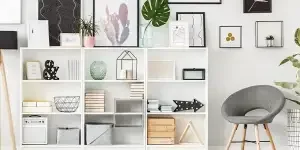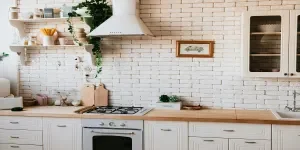Table of Contents
● Introduction
● Market overview
● Different types of clothes organizers
● Things to consider when selecting products
● Conclusion
Introduction

Transforming a cluttered closet into an organized haven is achievable with the right closet organizer. The market for these solutions is expanding rapidly, driven by increasing urbanization and technological innovations. This guide delves into the market overview, highlighting key growth metrics and trends. It also explores various types of closet organizers, detailing their features and benefits. Lastly, essential considerations for selecting the optimal product are provided to ensure a well-informed decision.
Market overview
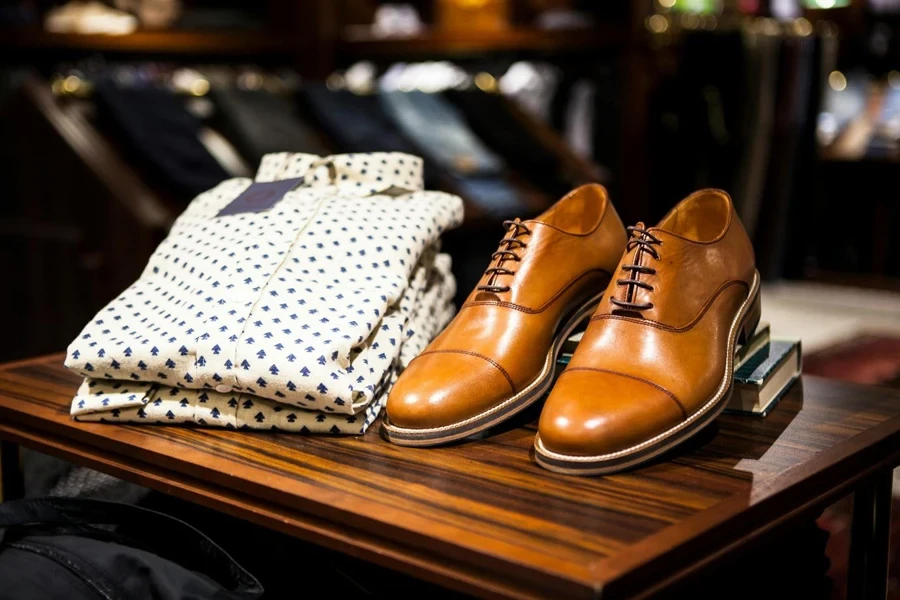
Market scale and growth
The closet organizers market reached USD 7.93 billion in 2023 and is expected to grow significantly, reaching USD 15.85 billion by 2032. This growth corresponds to a compound annual growth rate (CAGR) of 8.0% from 2024 to 2032. This rapid expansion is driven by increasing urbanization, rising disposable incomes, and the need for efficient storage solutions. The market’s growth is further bolstered by technological advancements, including the development of smart closet organizers with automated features.
Shelving units dominate the market share due to their versatility and wide applicability in various closet designs. Wood materials are particularly popular, favoured for their aesthetic appeal and ability to blend seamlessly with different interior styles. The trend towards sustainable and eco-friendly materials also drives the demand for wood and recycled materials. Additionally, the increasing popularity of custom and modular closet systems allows consumers to personalize their storage solutions, further fuelling market growth.
Changing trends
The market is experiencing notable changes, with a shift towards more technologically advanced and customizable products. Innovations such as automated lighting, remote control capabilities, and integration with smart home systems are becoming key selling points. The demand for these advanced features reflects consumers’ growing preference for convenience and efficiency in their home organization solutions. This trend, combined with the continuous rise in urban living spaces, ensures the steady growth of the closet organizers market.
Different types of clothes organizers
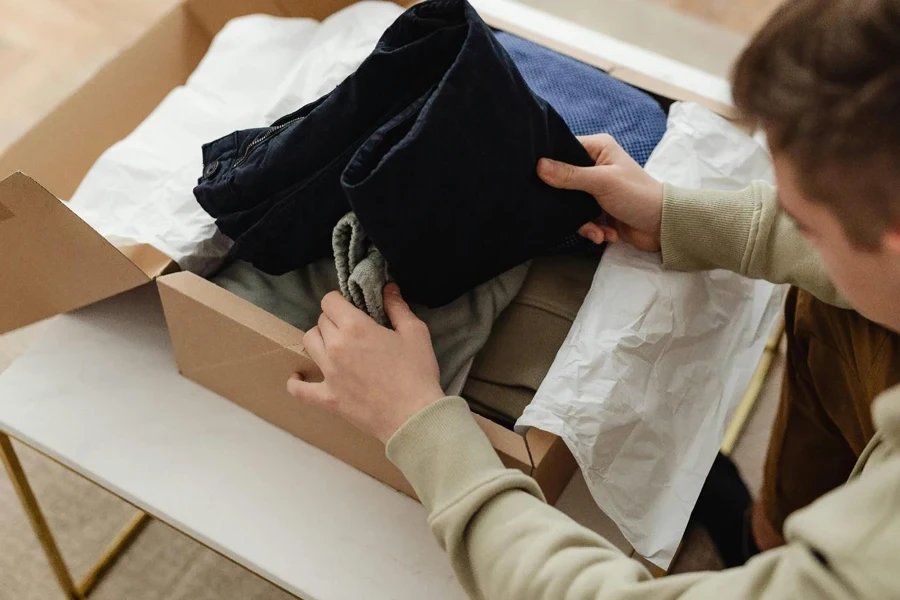
Shelving units
Shelving units are designed to maximize vertical space and are suitable for organizing folded clothes like t-shirts, tank tops, and casual pants. Typically made from durable materials such as laminated wood or metal, these units can support significant weight. They are available in various dimensions, with adjustable shelves that can be repositioned to fit different items. Installation is straightforward, often involving wall-mounted brackets or freestanding frames. Customizable shelving units can also include additional features like built-in drawers or pull-out trays for added convenience.
Hanging bags
Hanging bags, usually made from heavy-duty canvas or polyester, offer a versatile storage solution for items that don’t fit well on shelves or hangers. These bags can come with multiple compartments, including zippered pockets, open shelves, and pull-out drawers. The materials used are often reinforced to prevent sagging and ensure longevity. They attach easily to closet rods via strong hooks or Velcro straps, and some models include metal frames for added stability. Hanging bags are ideal for storing accessories, shoes, and small clothing items.
Valet rods
Valet rods are compact and extendable, offering additional hanging space when needed. Typically made from good quality stainless steel or chrome-plated metal, these rods are designed to support multiple garments at once. They can be installed on the sides of closet walls or shelving units and often feature smooth gliding mechanisms that allow them to extend and retract easily. Valet rods are especially useful for outfit planning or for temporarily hanging clothes that need to air out.
Shoe boxes
Clear plastic shoe boxes are designed to keep footwear organized and protected from dust and damage. These boxes are made from durable, transparent polypropylene, allowing easy visibility of the contents. They often come with ventilation holes to prevent moisture buildup and are stackable to save space. Shoe boxes typically feature snap-lock lids to keep shoes secure and can be sized to fit various shoe types, from flats to high heels. For added convenience, some models include pull-out drawers for easy access.
Plastic bins
Plastic bins are ideal for storing seasonal clothes and are often made from high-density polyethylene (HDPE) or polypropylene, materials known for their strength and resistance to impact. These bins come with secure lids that snap tight to keep contents safe from dust and pests. Many models are designed to fit under beds or stack neatly in storage areas. They often feature molded handles for easy transport and are available in various sizes to accommodate different storage needs.
Custom closet systems
Custom closet systems are designed to fit specific dimensions and storage requirements, offering a high level of personalization. These systems can include a combination of shelving units, hanging rods, drawers, and specialized compartments. Materials used range from solid wood and MDF to metal and glass, providing a variety of aesthetic and functional options. Custom systems often feature soft-close drawers, adjustable shelves, and integrated lighting for enhanced usability. Installation usually requires professional assistance to ensure precision and stability.
Professional closet renovation
Professional closet renovations involve comprehensive design and installation services, transforming ordinary closets into highly functional and aesthetically pleasing spaces. These projects can include the installation of built-in cabinetry, custom shelving, and specialized storage solutions like pull-out ironing boards and jewelry drawers. Good quality materials such as hardwood, glass, and metal are commonly used to create durable and attractive finishes. Advanced features may include integrated LED lighting, automated clothing racks, and climate control systems to protect delicate fabrics.
Things to consider when selecting products
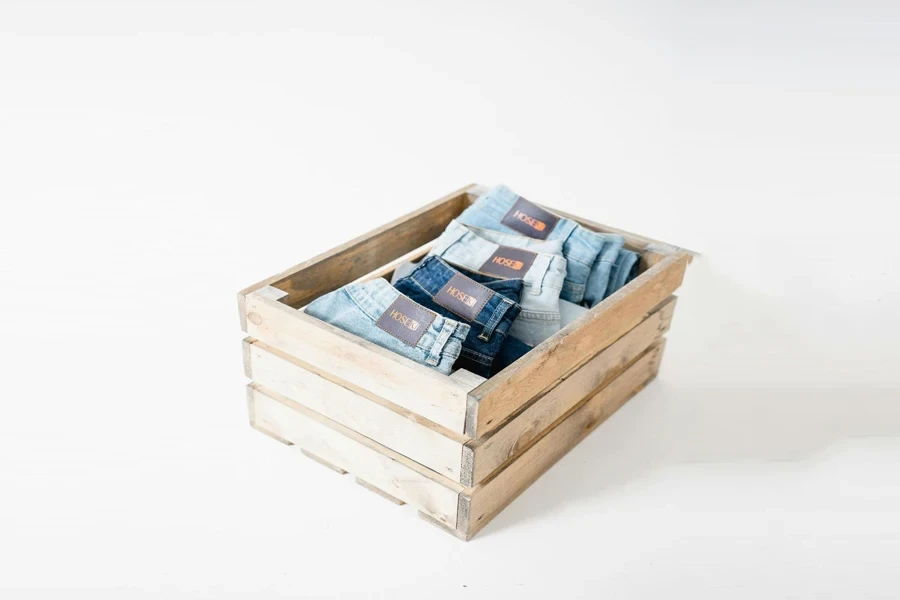
Budget
When selecting a closet organizer, budget is a critical factor. Custom systems, though more expensive, offer extensive features and good-quality finishes. These systems can be designed to include integrated lighting, automated racks, and other advanced features that cater to specific storage needs. In contrast, DIY options are more budget-friendly and can be found at home improvement stores. However, they may lack the durability and customization options of professionally installed systems.
Materials
The choice of materials significantly affects the durability and aesthetics of closet organizers. Wire systems, often made from high-gauge steel or chrome-plated metal, should have a sturdy construction to support heavy loads. It is advisable to avoid plastic brackets as they tend to break under weight. Wood and MDF (medium-density fiberboard) systems offer a more traditional and elegant look. When choosing these materials, it is important to check for dovetailed joints in drawers, which indicate good quality construction, and ensure that panels are both sturdy and aesthetically pleasing. Laminated wood, for example, provides a durable and cost-effective option, while solid hardwood offers the highest quality and longevity.
Installation
The complexity of installation is another key consideration. Professional installation, although adding to the overall cost, ensures precision and stability. Companies that offer custom closet systems typically include installation services, guaranteeing that the product is properly assembled and fitted. For those opting for DIY systems, it is crucial to assess the level of skill required. Some systems are designed for easy assembly with minimal tools, while others might need more expertise and additional help. DIY installations might involve detailed instructions for mounting brackets, securing shelves, and aligning doors, which can be time-consuming and challenging without the right tools and experience.
Adjustability and flexibility
Closet organizers that offer adjustability and flexibility can adapt to changing storage needs over time. Adjustable shelves and rods allow users to modify the configuration as needed, accommodating different types of clothing and accessories. This feature is particularly useful for evolving family needs, such as adjusting a child’s closet as they grow. Systems with modular components can be expanded or reconfigured without major overhauls. For instance, adding an extra shelf or a set of drawers to an existing system can be done with minimal effort, extending the usability and lifespan of the organizer.
Warranty
The warranty offered with closet organizers can be a deciding factor in the purchasing process. Custom installations often come with lifetime warranties, covering both the product and the workmanship. This provides peace of mind and ensures long-term satisfaction with the investment. DIY products, however, usually have limited warranties that might only cover defects in materials or workmanship for a shorter period. It is important to read the warranty details carefully to understand what is covered and for how long. Opting for products with comprehensive warranties can protect against future repair or replacement costs, ensuring the longevity and reliability of the closet organizer.
Conclusion
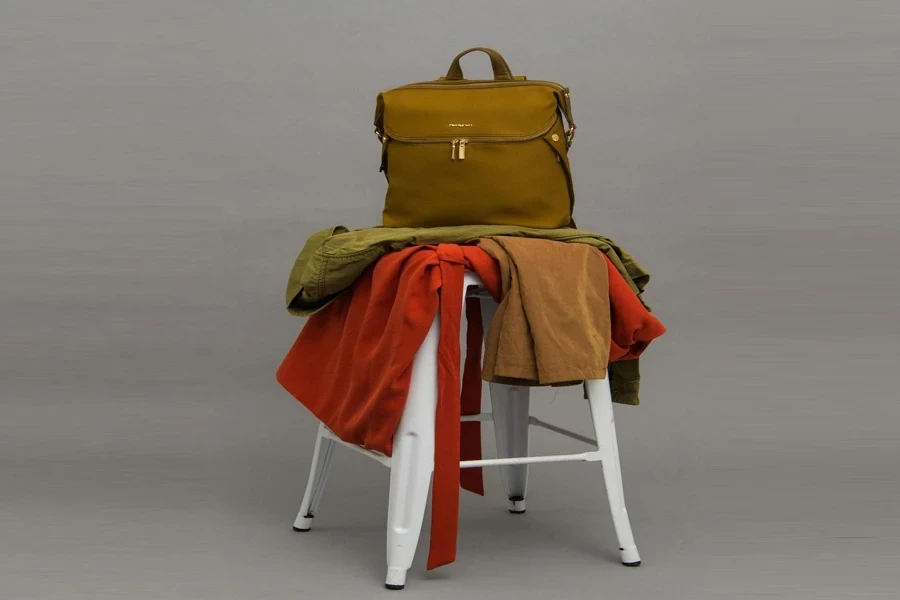
Selecting the right closet organizer requires a comprehensive understanding of market trends, an evaluation of various types, and careful consideration of factors such as budget and materials. By leveraging this information, businesses can create organized, efficient, and visually appealing closet spaces that meet diverse storage needs.

